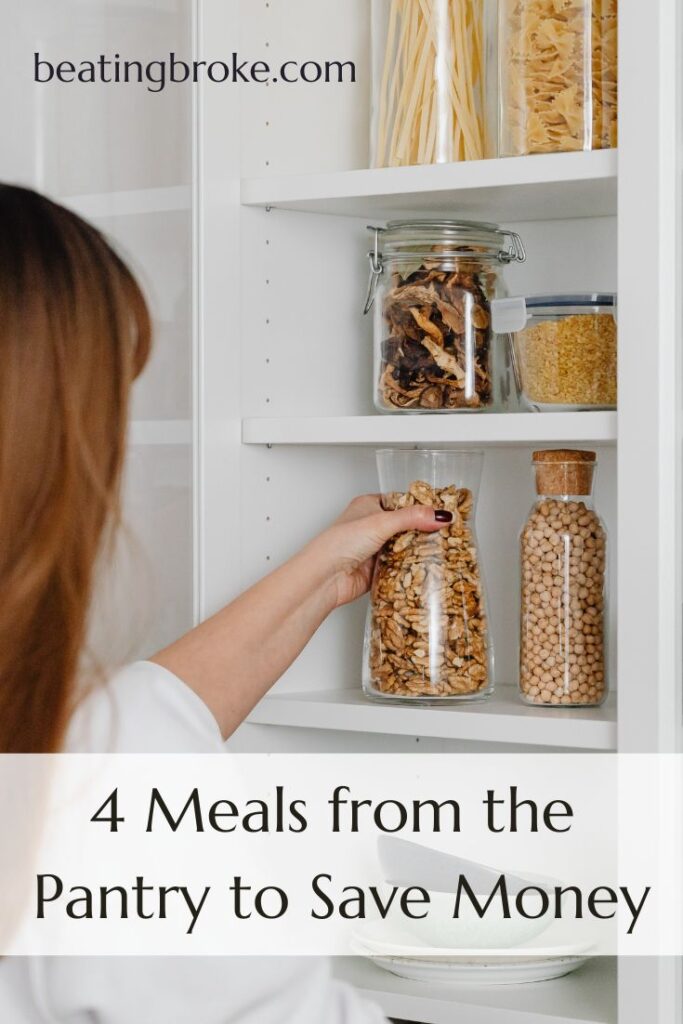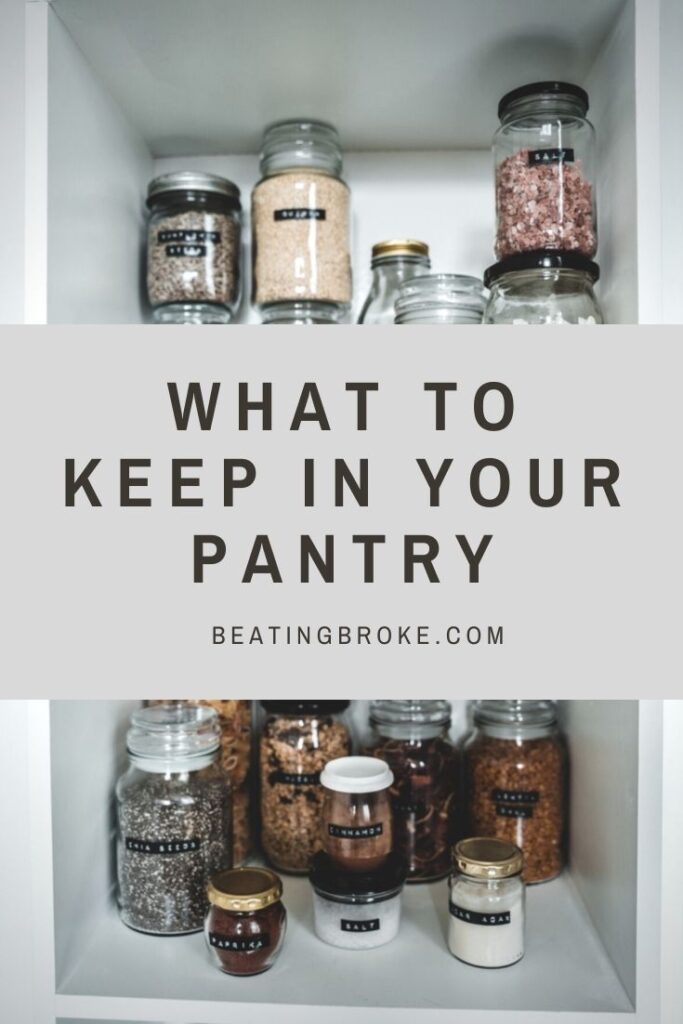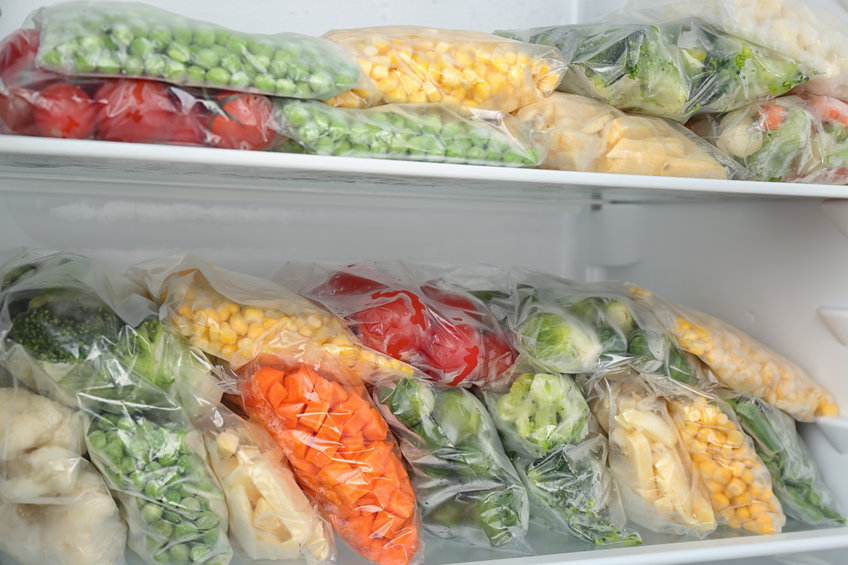
If you’re like me, you may find it harder and harder to stay within the grocery budget as food costs skyrocket due to inflation. So I try to find nutritious recipes that aren’t expensive. In addition, to save money, I try to have one week where I don’t make a complete grocery shopping trip and instead only buy some fresh fruits and vegetables and make my meals from the pantry to save money. Doing this allows me to use up what I have and stretch my grocery dollars.
Our Favorite Meals from the Pantry to Save Money
These are the pantry meals we make during the weeks I skip grocery shopping:
Spaghetti
My kids don’t mind a pantry meal when the meal is spaghetti. So I buy pasta and pasta sauce when they’re on sale, and I purchase canned mushrooms at Costco. I mix them together for a quick, cheap meal.
We recently upped our spaghetti game by making Pizza in a Bowl (I left out the creamed soup and only used half the cheese.) I was amazed at how this meal stretched—we had it for two meals!
Breakfast for Dinner

Another favorite is breakfast for dinner. We might have omelets with green peppers and cheese and a piece of toast. Or, if we have many bread heels in the freezer, we make French toast and eggs. Sometimes we make a breakfast sandwich with ham, egg, and cheese on toast or an English muffin. Another economical recipe is Ham, Broccoli & Cheddar Frittata. (If money is tight, I leave out the ham, and it still tastes good.)
Broccoli, Potato, & Soup
I recently found this delicious recipe for Broccoli, Cheddar & Potato Soup. I like it because I can use frozen broccoli. (This recipe and the broccoli frittata recipe are the only ways I enjoy eating frozen broccoli.) Like Pizza in a Bowl, this recipe stretches and easily feeds the four of us for two meals. Oh, and while I am talking about soup, another good recipe for meatball soup is here.
Fried Rice
Another frugal yet filling meal is Chicken Fried Rice. We use a rotisserie chicken from Costco and save the bones to make homemade chicken stock. Since rotisserie chicken at Costco is only $4.99, the meat is cheap, and we add rice, frozen vegetables, a few eggs, and seasoning.
How We’re Able to Keep Our Meals Frugal
For years, I’ve stocked up on items when they’re on sale, so I pay the lowest price for groceries. We have a pantry in our basement, two deep freezers, and two refrigerators so we can keep a full supply.
When ground beef is on sale, I may buy 20 or 25 pounds. We have food intolerances and can’t eat dairy, so when our favorite vegan cheese, Daiya, goes on sale, I may buy 20 bags. Then I won’t buy any more until it’s on sale again. If we run out before it goes on sale, we do without until the next sale.
Shopping this way makes having a pantry cooking week easy.
Final Thoughts
Keeping within our allotted grocery budget is getting more challenging every month. One way we rein in expenses is by making meals from the pantry to forego a weekly shopping trip once a month.
Read More
Our Favorite Small Ways to Save Money
5 Tips to Save on Groceries This Year
Melissa is a writer and virtual assistant. She earned her Master’s from Southern Illinois University, and her Bachelor’s in English from the University of Michigan. When she’s not working, you can find her homeschooling her kids, reading a good book, or cooking. She resides in New York, where she loves the natural beauty of the area.



